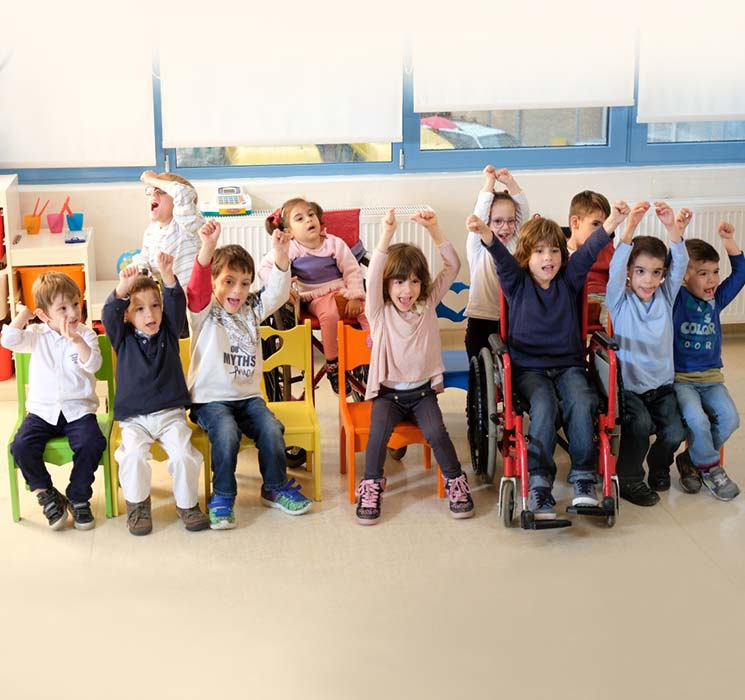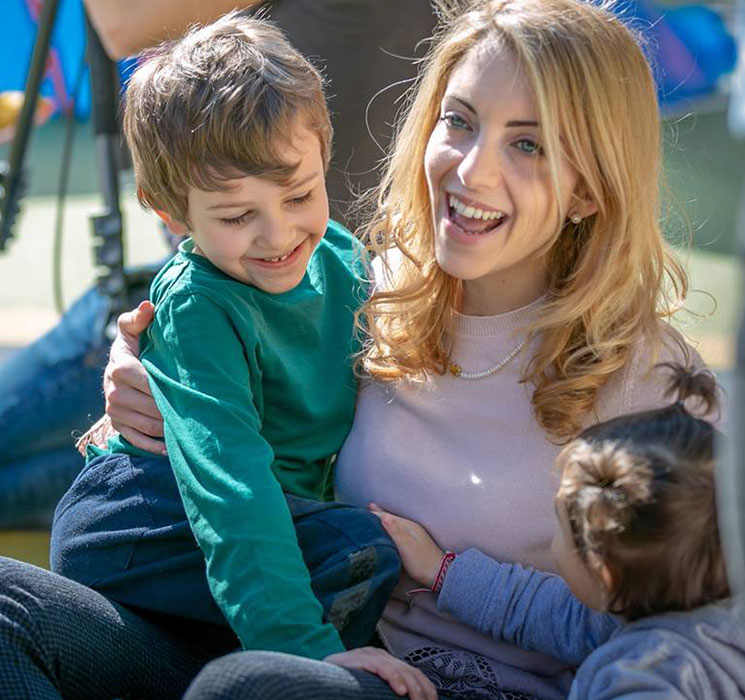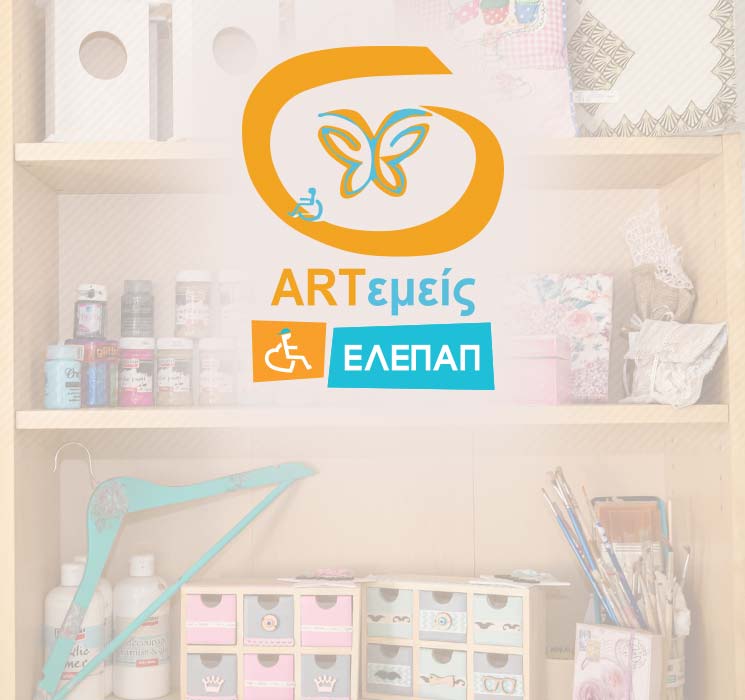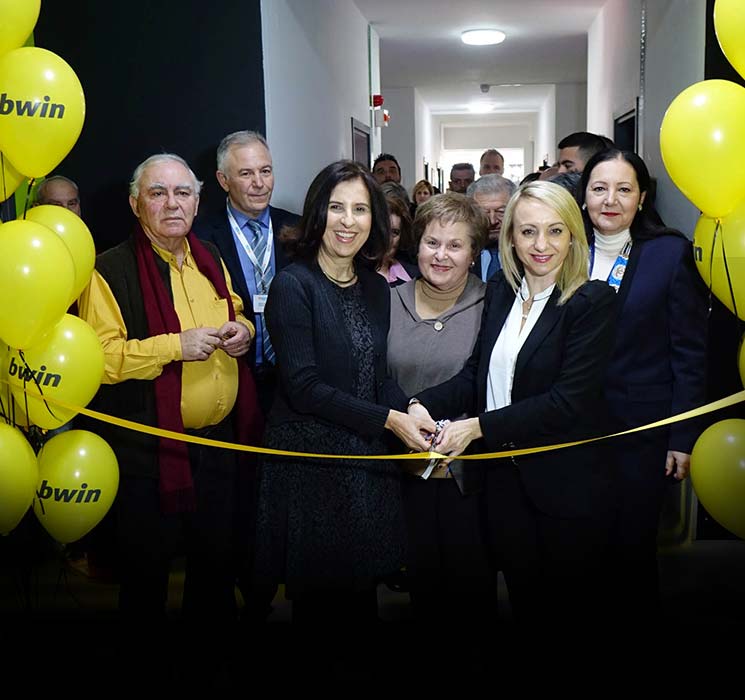Biofeedback
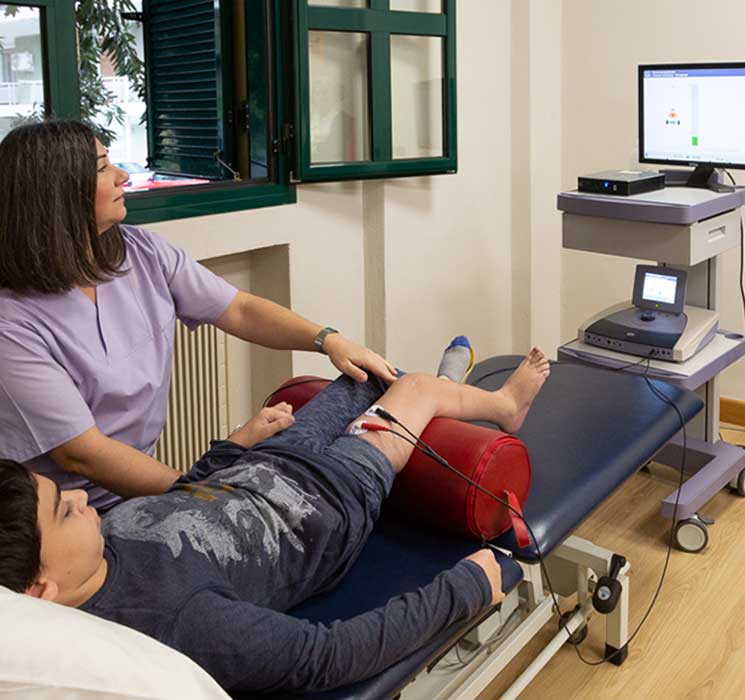
Biofeedback is based on the following:
- An important function controlled by the Central Nervous System
- This function is not fully understood
- It is monitored electronically
- The cognitive mechanism simultaneously processes the feedback information
- The information is then open to shaping and re-education
Biofeedback is associative learning aiming to change the motor behaviour through functional regulation. It is an effective motor control tool resulting in the conscious control of the striated muscles.
Biofeedback is a technique used to teach control of body functions, for example of the muscular system. The child is linked to sensors which help it receive feedback from the body.
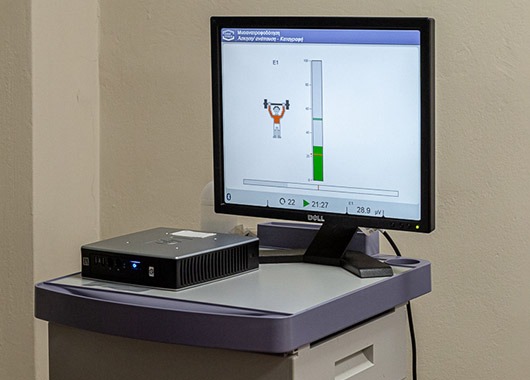
This feedback helps the child focus on bringing about subtle changes to the body, such as the relaxation of certain muscles or the reduction of high muscle tone in order to achieve the desired result.
Biofeedback essentially allows the child to control the body using thought, often for health purposes or in order to improve their physical performance.
Muscle biofeedback
This type of biofeedback uses EMG. Surface sensors are placed on the skeletal muscles to monitor the electric activity produced by muscle contraction. The child’s progress is monitored using evaluation sheets.

